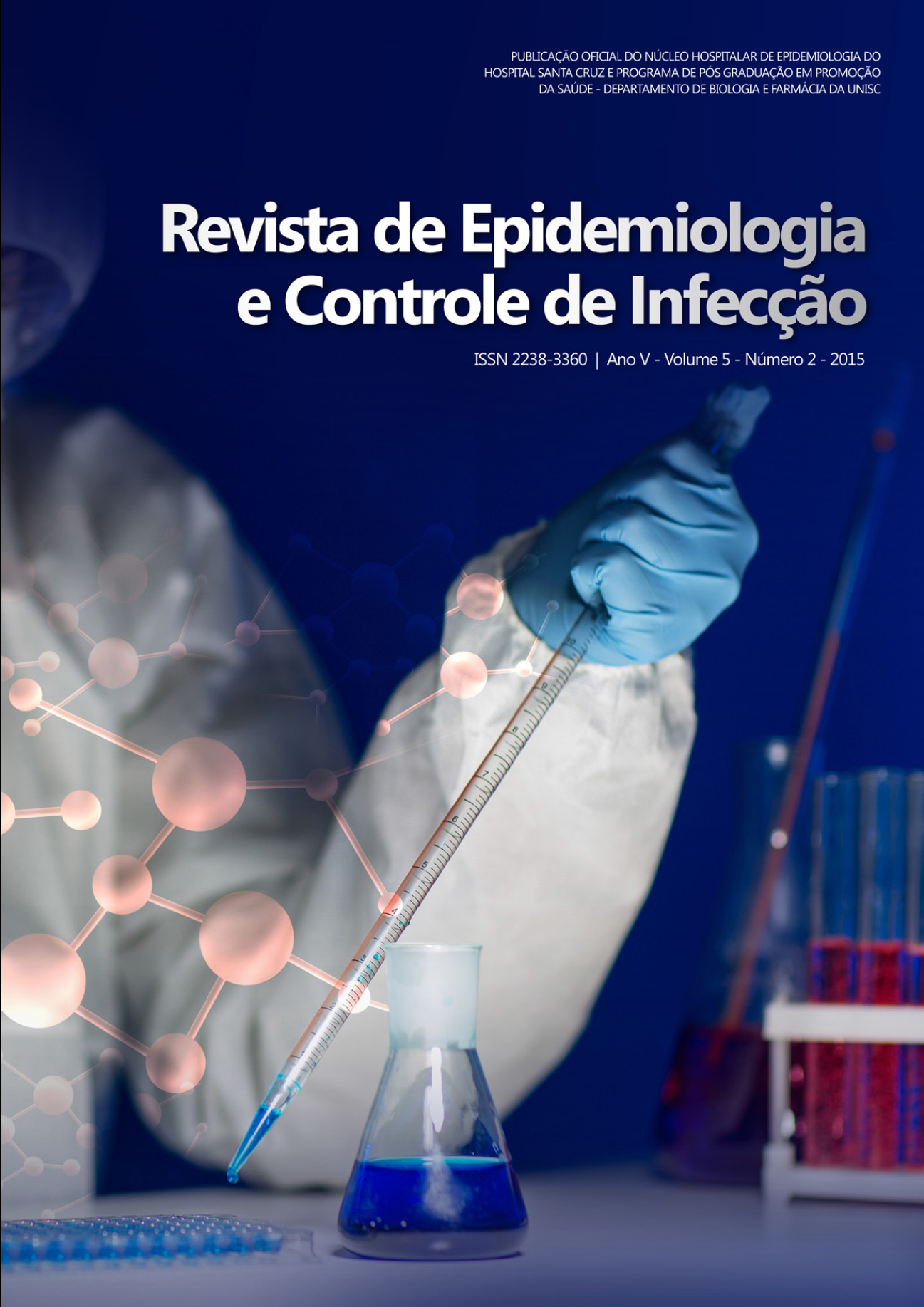Hospital infection: vision of professional nursing staff.
DOI:
https://doi.org/10.17058/reci.v5i2.5665Abstract
Background and Objective: The hospital-acquired infection (HAI) is defined as a serious public health problem, resulting in increased morbidity and mortality. The role of nursing staff on this issue is essential in ensuring solving and quality care, minimizing damages that may arise as a result of the care offered to patients. From this discussion, this study aimed to understand the vision of the nursing team professionals about HAI. Method: This is a qualitative, descriptive study. The data collection was performed using a semi-structured interview. We used the Bardin Content Analysis. Results: The categories that emerged were: Definition of HAI; Implemented prevention measures; Difficulties in controlling the HAI, and coping strategies. The study found a clear understanding of what is a HAI for nurses, however, for practical nurses that understanding appeared wrongly. Hand washing and the use of PPE were the main measures mentioned in prevention. The low uptake of the above measures and the problems of working in teams were listed challenges. Conclusion: Therefore, lifelong learning is an important instrument to promote changes in practice. It is essential that HIC act with professionals raising their awareness about the importance of play in the prevention and control of potential complications, ensuring the safety and quality of care directed to the patient. KEYWORDS: Cross Infection. Nursing. Qualitative research.Downloads
Downloads
Published
How to Cite
Issue
Section
License
The author must state that the paper is original (has not been published previously), not infringing any copyright or other ownership right involving third parties. Once the paper is submitted, the Journal reserves the right to make normative changes, such as spelling and grammar, in order to maintain the language standard, but respecting the author’s style. The published papers become ownership of RECI, considering that all the opinions expressed by the authors are their responsibility. Because we are an open access journal, we allow free use of articles in educational and scientific applications provided the source is cited under the Creative Commons CC-BY license.


